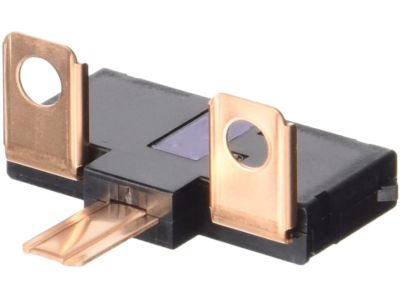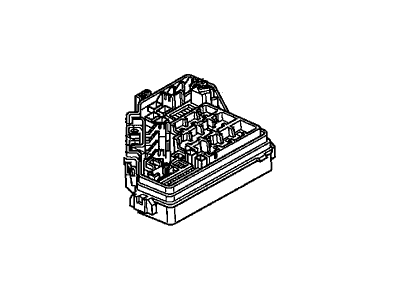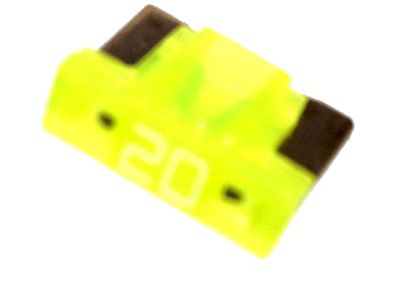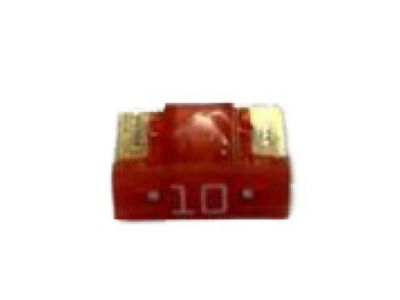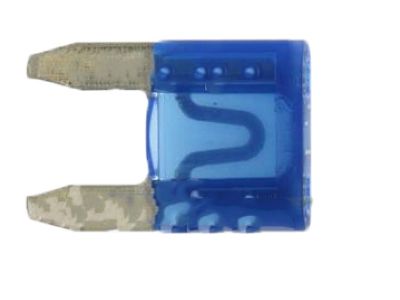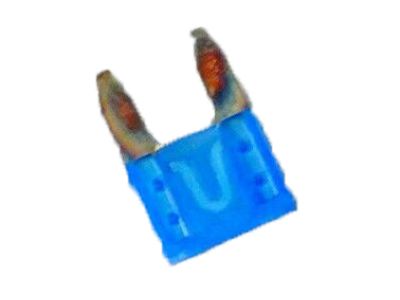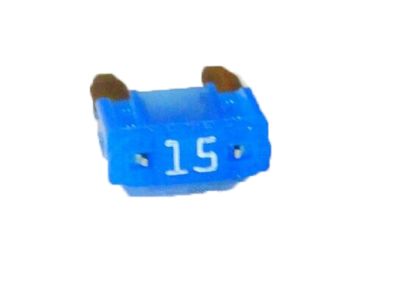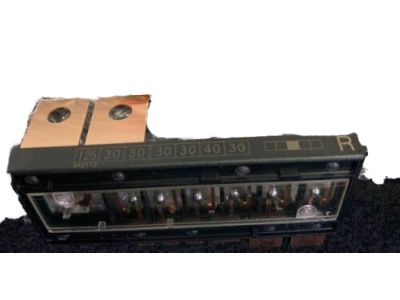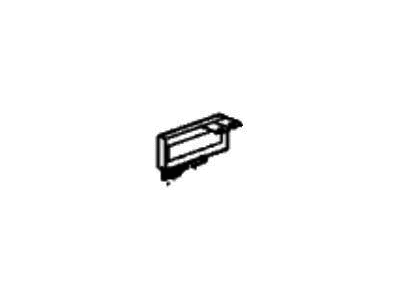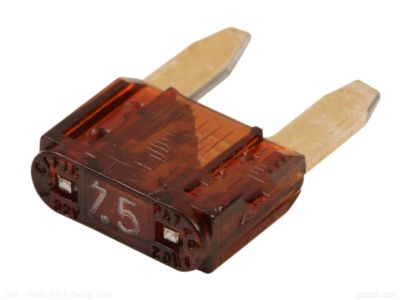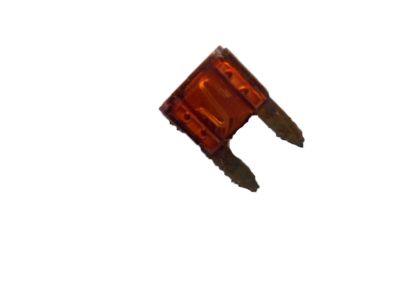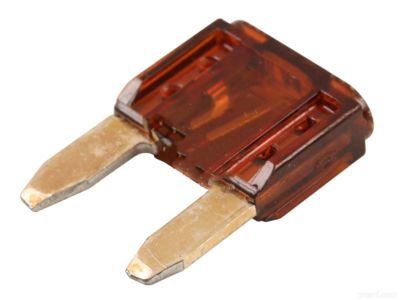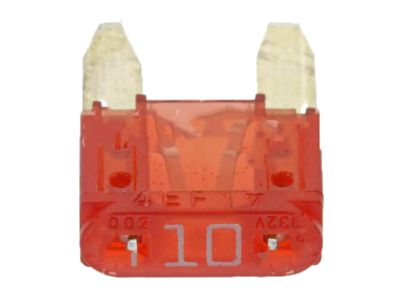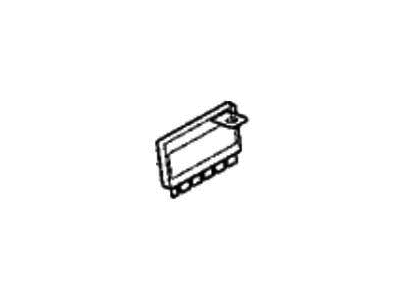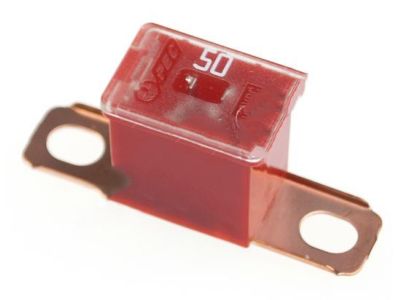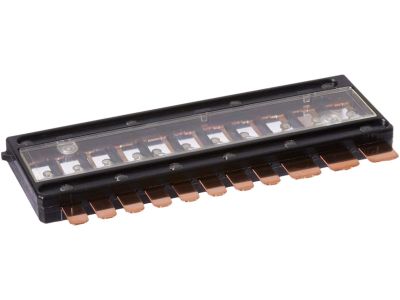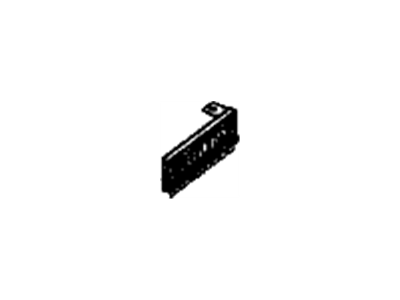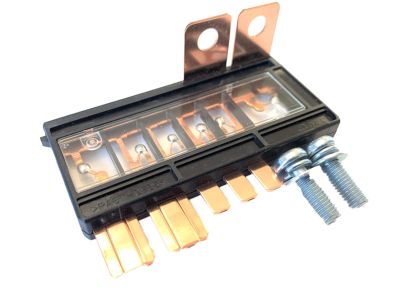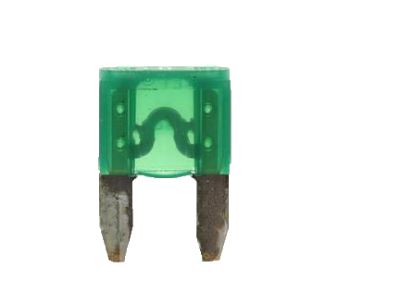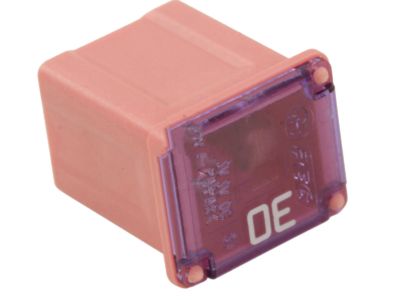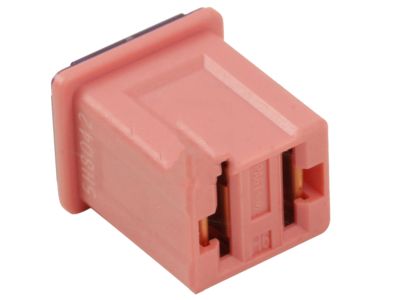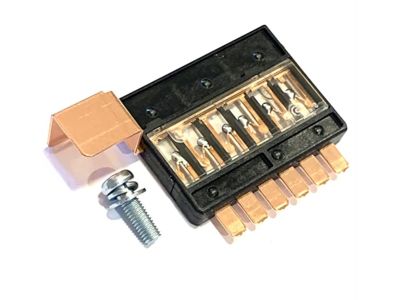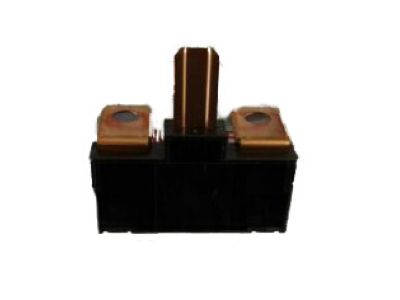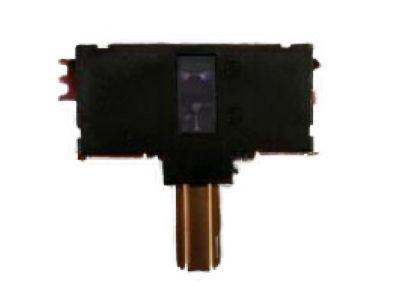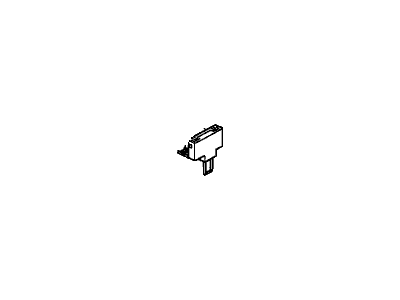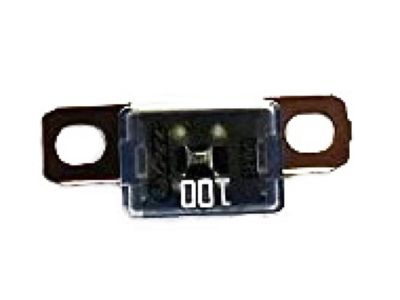×
- Hello
- Login or Register
- Quick Links
- Live Chat
- Track Order
- Parts Availability
- RMA
- Help Center
- Contact Us
- Shop for
- Honda Parts
- Honda Accessories

My Garage
My Account
Cart
Genuine Honda CR-V Fuse
Circuit Fuse- Select Vehicle by Model
- Select Vehicle by VIN
Select Vehicle by Model
orMake
Model
Year
Select Vehicle by VIN
For the most accurate results, select vehicle by your VIN (Vehicle Identification Number).
42 Fuses found

Honda CR-V Fuse A, Multi Block (100A/70A)
Part Number: 38231-SDA-A01$7.06 MSRP: $9.97You Save: $2.91 (30%)

















Honda CR-V Fuse A, Multi Block (80A/50A)
Part Number: 38231-SNA-A11$7.06 MSRP: $9.97You Save: $2.91 (30%)
| Page 1 of 3 |Next >
1-20 of 42 Results
Honda CR-V Fuse
In search of affordable OEM Honda CR-V Fuse? Consider browsing through our extensive inventory of genuine Honda CR-V Fuse. Not only do we provide market-leading prices and a manufacturer's warranty, but we also pride ourselves on exceptional customer service and swift delivery.
Honda CR-V Fuse Parts Questions & Experts Answers
- Q: How are the electrical circuits safeguarded and what are the functions and locations of fuses and circuit breakers on Honda CR-V?A:To protect the electrical circuits of the vehicle there are fuses, circuit breakers, and fusible links, the main fuse/relay panel is in the engine compartment while the interior fuse/relay panel is in the compartment for passengers. The various uses of the fuses and relays are indicated at the cover of the fuse/relay box while each of the fuses located in the fuse panel is designed to protect a particular circuit, for which it is labeled. In sizes, fuses exist as small, medium and large fuses all of which employ a blade terminal type, with the medium and the large fuses being easily pulled out by hand, while the small ones have been designed to be removed by use of pliers or a plastic fuse pick. When an electrical component is dead, the first thing which should be checked is the fuse because a blown fuse can be checked with the naked eye, while checking power at terminal tips of the component requires use of a test light. Blown fuses should be replaced by the correct fuse rating as fuses of other rating offers inadequate circuit protection. In case the fuse is replaced only to go off again, there is an underpinning problem, which in most times is short circuit because of spoilt wires. Some circuits are protected by fusible links and are large fuses located in the engine compartment fuse/relay box, which can be replaced by another blank fusible link if removed with the battery negative terminal disconnected. Other types are dedicated to certain circuits such as power windows or heated seats and may be of the automatic resetting type in case of an overload; however, if they do not reset, then an immediate check is required. For simple diagnostics, the breaker can be gently withdrawn from the slot allowing the use of a voltmeter; if voltage is detected only at one pole, the breaker requires replacement; some circuit breakers may need to be manually reset.
